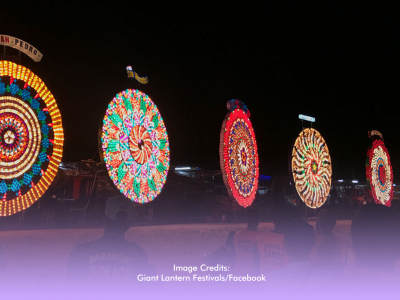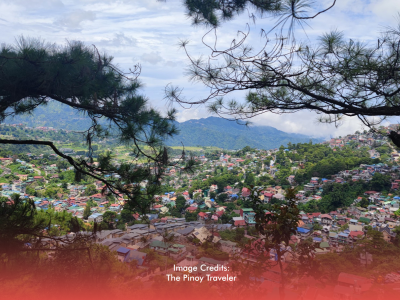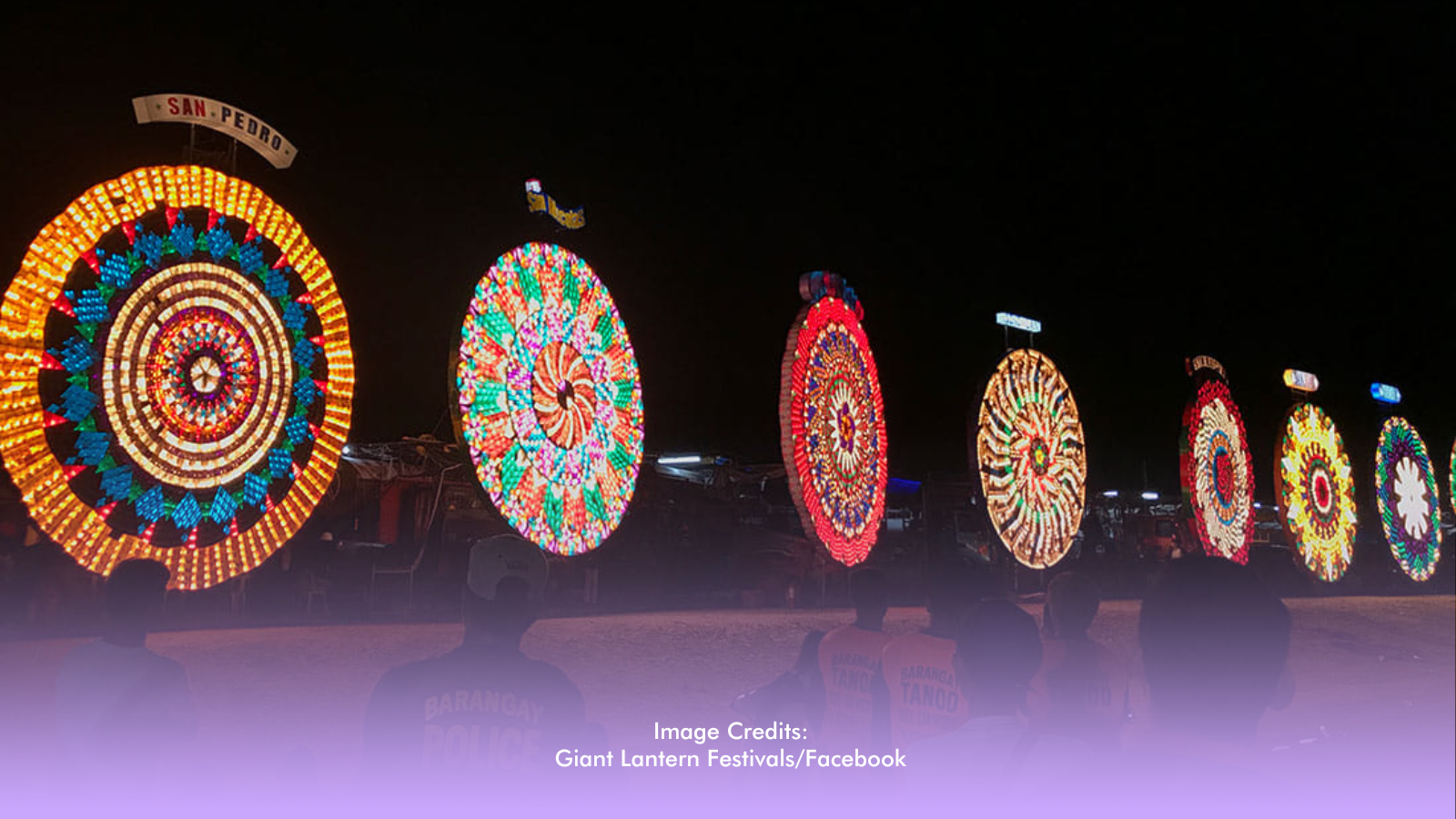Magdalena Gamayo, 99, embodies generations of history and culture in Pinili, Ilocos Norte.
Even at that age, Gamayo, the grandmother of handwoven cloth Abel Iloko, still produced the best inabel textiles, with a high thread count and elaborate designs that occasionally used as many as five colors.
Inabel cloth is a historical cotton fabric referenced in the classic Ilocano epic Biag ni Lam-ang and bartered for gold in the Galleon Trade. Gamayo has been a mag-aabel for over 80 years, acquiring the skill at age 15 by witnessing her relatives work during WWII.
Magdalena has since honed her skills by teaching herself classic inabel designs like binakol (whirlwinds, her specialty), inuritan (geometric patterns), sinan-sabong (flowers), and kusikos (spiral forms).
Her grasp of inabel weaving was recognized in 2012 when she received the GAMABA, or National Living Treasures Award. She is one of just 16 honorees to date.
Inspiration to her community
Her labor on her loom symbolized great inspiration to the locals in the rural village of Lumbaan, Pinili, Ilocos Norte, where she taught the traditional craft of inabel for most of her life.
Abel weaving is intricate and laborious. The weaver handpicks and organizes the various colored threads on the pedaled loom, ensuring the correct number of colored threads. Threads must be correctly and uniformly spaced while the weaver synchronizes their hands and feet for the wooden loom to work.
Textiles were once made for functional reasons rather than for fashion. These are used to produce blankets, if not shirts and outfits.
For the master weaver, an abel cloth must last generations. Magdalena puts great emphasis on the threads' durability. Her threads have regularly displayed patterns that have become delicate and dynamic, thanks to a high thread count.
Whatever technique or design she chooses, Magdalena ensures that her works retain the precision, sturdiness, and fervor that have made her art a national treasure.
Against new generation textiles
However, because of Magdalena's age and the conditions in her village, the survival of abel weaving is challenged by an upsurge of modernity.
Handwoven inabel cloth now faces mass-produced, low-cost alternative products.
Weavers continue to worry that there will not be a big enough market for inabel, claiming a lack of money to buy supplies as a result. Despite that, they still hold hope from their exportations, international fashion show features, and local patrons.
Faced by this, Magdalena continues to lead the way in preserving the trade, teaching a few women, including her cousin's daughter-in-law, sister-in-law, and neighbors, how to use the loom.
Knowing the difficulties of being a mag-aabel, Magdalena hopes that her apprentices can still provide a living for the people in her community and carry the heritage of her town, country, and beyond.








